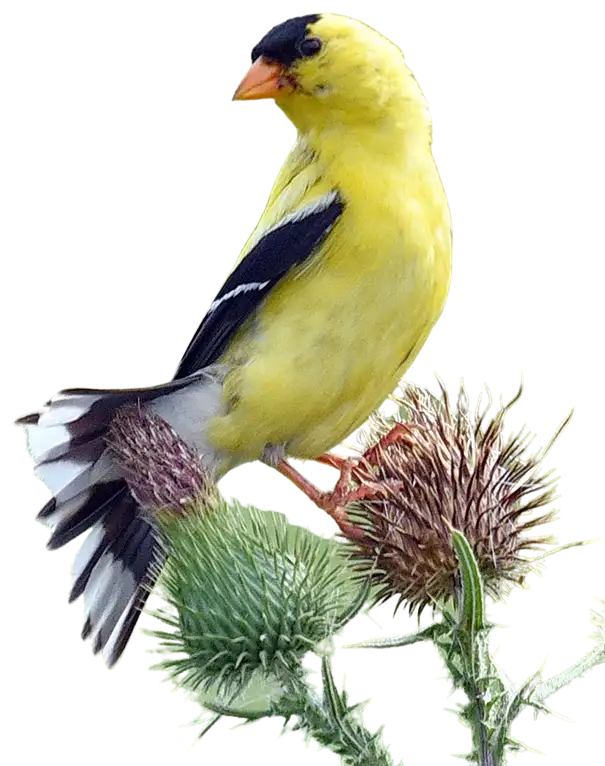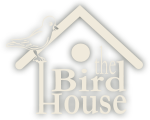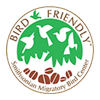Backyard Birding
Birds in your backyard!
No time to get out into the wilderness to look for birds? You can bring many common species into your own yard by offering the food, water, and shelter they need. It’s not hard to create a habitat for birds that you can enjoy through your own windows. Here’s what you need:
1) A Clear View
Where can you sit comfortably and look out the window? Place your feeders where you can see them well, to maximize your chances of viewing a variety of birds throughout the seasons.
2) The Right Field Guide
Dozens of books and apps can provide you with the pictures and descriptions you need to determine what birds visit your yard. Choose a guide that provides information about common birds in your region, to help you narrow down the selection and identify the birds most likely to show up in your area.
3) A Variety of Foods
Different birds eat different things.
- Seed-eating birds like cardinals, grackles, starlings, sparrows, doves, chickadees, grosbeaks, jays, and finches tend to prefer black-oil sunflower seed, but they also may eat millet, safflower, and other seeds. Goldfinches are partial to nyjer seed, a fine black seed that doesn’t interest most other birds.
- Suet eaters like woodpeckers, flickers, starlings, some sparrows, nuthatches, and others are comfortable clinging vertically and even upside-down to a feeder to get this high-protein food.
- Peanut eaters like woodpeckers, nuthatches, sparrows, chickadees, and flickers will hang onto a feeder and pick out bits of nuts.
- Nectar (a solution of four parts water to one part sugar, boiled for ten minutes and cooled) brings in hummingbirds, orioles, and catbirds. There is no need to artificially color the nectar – the red plastic bits on the feeder work just as well to attract the birds without introducing strange chemicals into their diet.
- Grape jelly and oranges are special treats for orioles, but catbirds and even some house sparrows will frequent jelly feeders until the larger birds chase them off.
- Live mealworms don’t last long in a feeder, but in the right habitat they will attract bluebirds, thrashers, robins, and wrens. Dried mealworms can be equally tasty.
- If you want to go the extra mile, add eggshells to your seed in the summer. Shells from raw eggs can be baked for 10 minutes in a low oven to kill any harmful bacteria; shells from boiled eggs should be fine as they are. Crush the shells finely, and mix into the seed.
4) Moving Water
A birdbath with moving water catches the eyes of many birds that would not ordinarily come to feeders. Insect-eating birds like warblers and vireos may stop at a birdbath for a drink during migration. A bubbling water feature like a recirculating fountain or man-made stream can lure all kinds of birds to drink and bathe in your yard.
5) Natural Food Sources
Plant native trees and shrubs that produce berries to attract waxwings, catbirds, robins, and many other fruit-eating birds. Serviceberry, red osier dogwood, winterberry, spicebush, staghorn sumac, cranberrybush, nannyberry, arrowwood, highbush blueberry, and many others will provide birds with shelter as well as ample fruit throughout the summer and well into winter. Resist the urge to spray your lawn with herbicides or pesticides, as a monocultured lawn offers fewer food resources.
6) Shelter
Birds need to be able to retreat from your feeders into the branches of a tree or shrub when a Cooper’s or Red-tailed hawk passes over looking for dinner. A wide-open, mowed backyard with no trees will attract fewer birds than a yard filled with trees, shrubs, and a healthy understory of last year’s leaves and piles of twigs. Several local landscapers specialize in creating backyard habitats for birds and small animals, so if you need help deciding how to make this happen in your yard, consult an expert. The birds will thank you by spending season after season with you.



